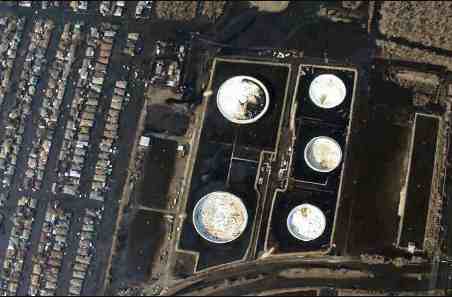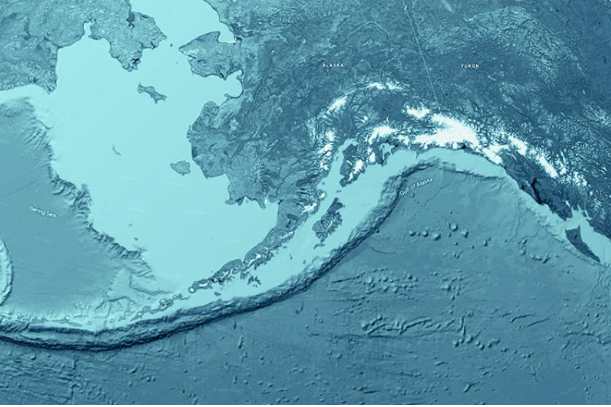Dry Them (to) — Kinert’slluki
Agunanka kinert’stanka. – I am drying my clothes.

The Gulf of Alaska is a storm graveyard, a place where low-pressure systems stall against high coastal mountains saturating the landscape with rain and wind. In this persistently rainy environment, staying dry is important. Wet conditions are very common and when combined with wind and cool temperatures they can quickly lead to hypothermia, spoiled food, and misery! Alutiiq people devised many ways to stay dry. With houses insulated with earth, bird skin parkas that shed the rain, and kayaks waterproofed with sea mammal oil, the Alutiiq thrived in one of the world’s stormiest regions for over 7,000 years. Clothing was one their most critical tools.
One garment used by every kayaker was an akuilitaq or literally, a protective skirt. This tool functioned like the neoprene spray skirts used by modern kayakers. Paddlers tied an akuilitaq around their chests and under their arms. Then, they secured the other end around the hatch of their boat. This kept waves, rain, and water running off their paddles from filling the kayak and it protected the paddlers from sea spray. Like the kanaglluk, or gutskin rain jacket worn by kayakers, akuilitat were made from animal intestines. An historic example collected on Kodiak in about 1851 features horizontally stitched strips of gut about 11 cm wide, drawstrings of braided sinew, and seams decorated with caribou hair.
[content id=”79272″]







